I’ve been crafting and using a variation of this DIY tanning oil for years. When a friend inquired about a natural recipe for homemade tanning oil, it felt like the perfect moment to share my concoction.
On occasions, I use my homemade sunscreen if I plan to bask in the sunlight for an extended period. Typically, I opt for the free vitamin D gained through moderate sun exposure. I prefer consuming my sunscreen via diet instead of applying it to my skin.
There are times I find myself at the beach, which happens quite often since we moved closer to one. Here, I like to alternate between soaking up the sun and retreating into the shade with a good book. For such instances, I lean towards using natural oils, which gently protect and nourish the skin without inhibiting vitamin D absorption like many sunscreens do.
Create Your Own Natural Tanning Oil
Many of my homemade concoctions are solid, such as lotion bars or body butters, but this one is a smooth liquid oil, ideal for on-the-go usage. If a firmer texture is what you prefer, you could make this with virgin coconut oil, which solidifies at 76 degrees, and store it in a small container.
Naturally Sun-Protective Ingredients
This is an area that spurs debate and confusion. Over a decade ago, researchers gauged the SPF values of raspberry seed oil and others, claiming remarkable SPF levels of 25 to 50 against UV rays. However, newer insights indicate that these tests had significant shortcomings. They were done in vitro, not on actual skin, and didn’t adhere to established SPF testing standards.
A 2021 review found raspberry seed oil’s SPF to be closer to 2.6 instead of 25-50. Carrot seed, coconut, and wheat germ oils were tested similarly, ranging from 0 to 2.8 SPF. The conclusion was that any oil with an SPF below 1 offered no sun protection.
A study from 2010 investigated the SPF of various carrier and essential oils, revealing SPFs from 2 to 8 for carriers and 1 to 7 for essential oils. Olive oil and peppermint oil yielded the highest SPF in this assessment. Bear in mind, this study also wasn’t performed on human skin, and the authors suggest that realistic SPF values for skin usage were not determined.
Research on carrot seed oil showed an SPF nearing 7, although tests combined it with other substances.
The question remains: Are natural SPF oils effective for a safer tanning routine?
A Safer Alternative to Traditional Tanning Lotions
While some oils in this recipe might exhibit slight SPF protection, their primary role is in caring for and nourishing the skin while promoting vitamin D production. It is crucial to recognize that these oils aren’t a replacement for conventional sunscreen.
-
Olive Oil: Contains oleic acid that promotes clearer skin, along with phytosterols that help attract moisture, repair sun damage, and soothe dry skin. High squalene levels found in olive oil safeguard skin cells and boast anti-aging benefits. Its historical use in Mediterranean cultures attests to its effectiveness as a natural skin protector.
-
Avocado Oil: Rich in vitamins A, B, and E, proteins, and amino acids, it boosts skin collagen and is abundant in UV-protective carotenoids.
-
Carrot Seed Oil: Loaded with vitamin A, beta-carotene, and vitamin E, it offers protection from UV rays. Do not confuse this with the orange macerated carrot root oil or carrot seed essential oil. Cold-pressed carrot seed oil appears dark green, akin to olive oil.
- Raspberry Seed Oil: High in antioxidants like vitamins E and A, this oil feels lighter and less greasy upon application.
Additionally, I incorporate bronze mica powder for a delicate sunlit glow, though it’s optional if you’re unable to source it or prefer not to include it.
Essential Oils for Added Benefits
I combined lavender and sandalwood essential oils for their skin benefits and fragrance. While Indian sandalwood has a sweeter scent, Australian sandalwood is generally more budget-friendly. Due to the vulnerable status of sandalwood, it’s imperative to purchase from sustainable sources.
Feel free to use alternative essential oils or omit them entirely. However, be cautious not to choose phototoxic essential oils! For instance, bergamot and cold-pressed lime or lemon oils can severely burn skin if applied before sun exposure.
Key Advice on Sun Exposure and Safety
Remember, this mixture isn’t an alternative to sunscreen but a mild sun-protection aid. Always start with short durations of sun exposure to determine your skin’s response. This recipe is what worked for me, but you should modify it as per your skin’s needs and the results you seek.
Keep in mind, sunburn is detrimental and should be avoided. Overexposure to the sun is not advisable, especially for those with sensitive skin. For individuals unable to tan, this mix won’t create miracles. I do not endorse frequent tanning bed use, and this formula is intended for controlled and natural sun exposure only. If you have questions about these ingredients or their suitability for your skin, please consult with a dermatologist.
Homemade Tanning Oil Recipe
This natural skin-nourishing tanning oil is simple to make and has a delightful scent. It can help achieve a glowing tan with sensible sun exposure.
Prep Time: 3 minutes
Total Time: 3 minutes
Author: Katie Wells
Instructions:
- Combine all oils and mica powder (if using) in a dark glass container. Should you swap coconut oil for olive oil, store in a jar as it’s unsuitable for a pump.
Note: I use this mixture sparingly for light sun exposure, which helps me attain a golden tan without burning.
Do you use tanning oil? Interested in trying a natural version?



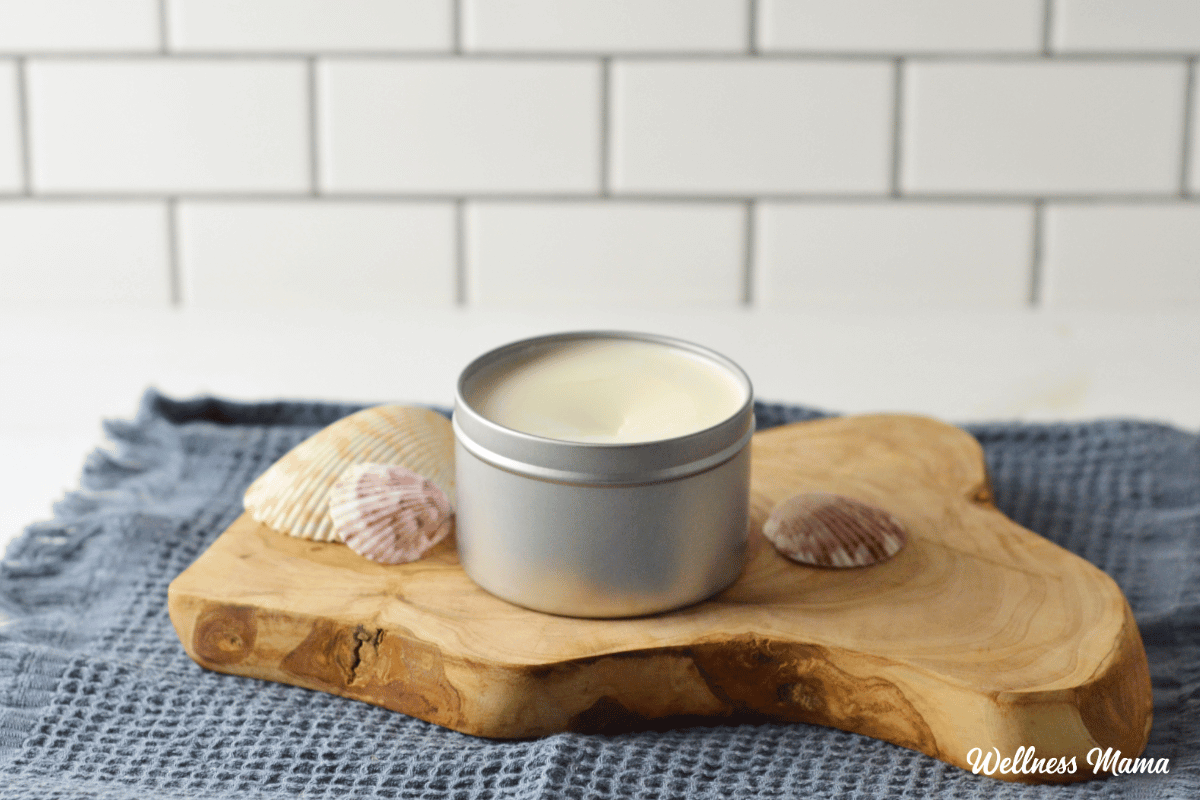
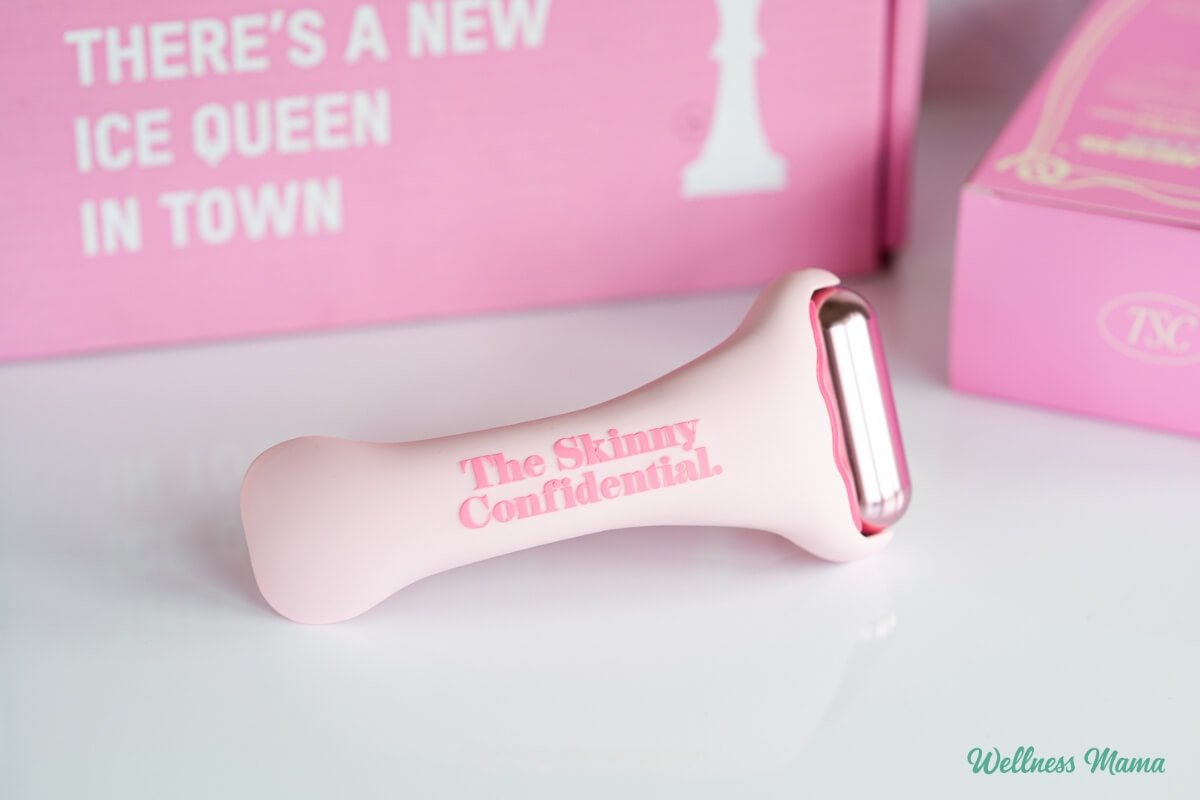
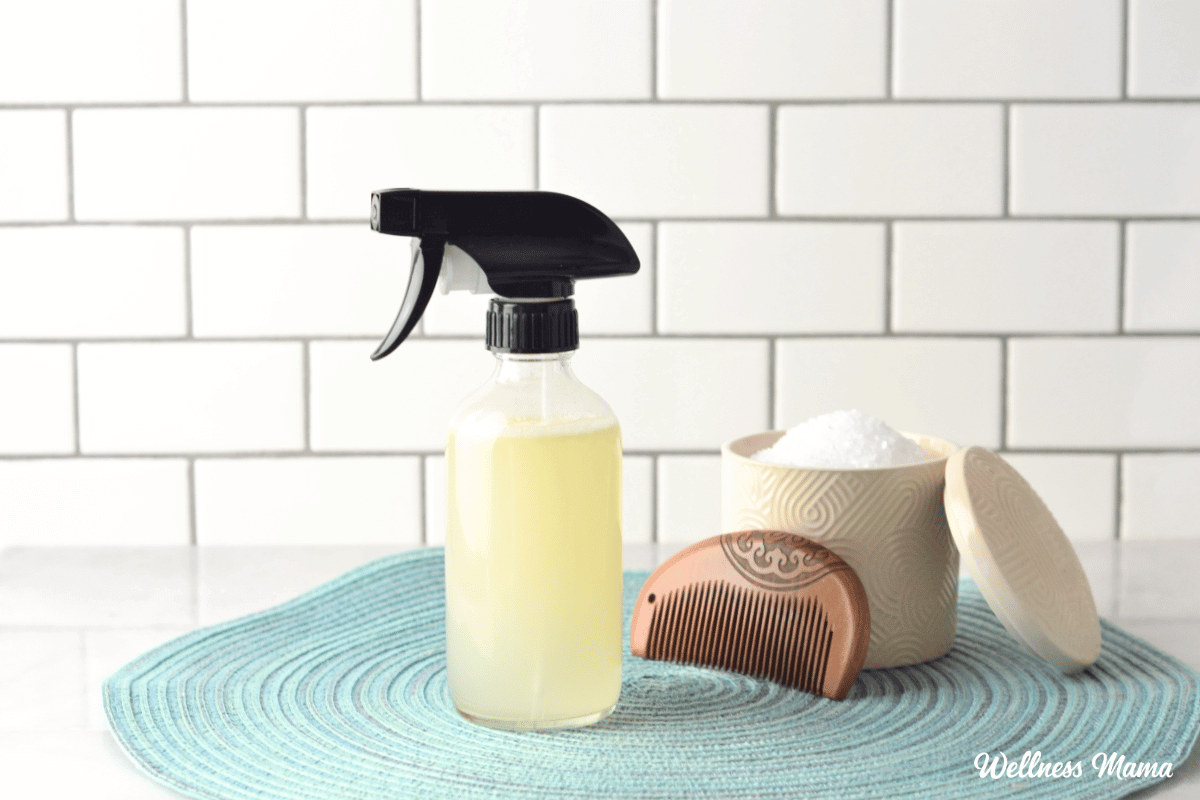
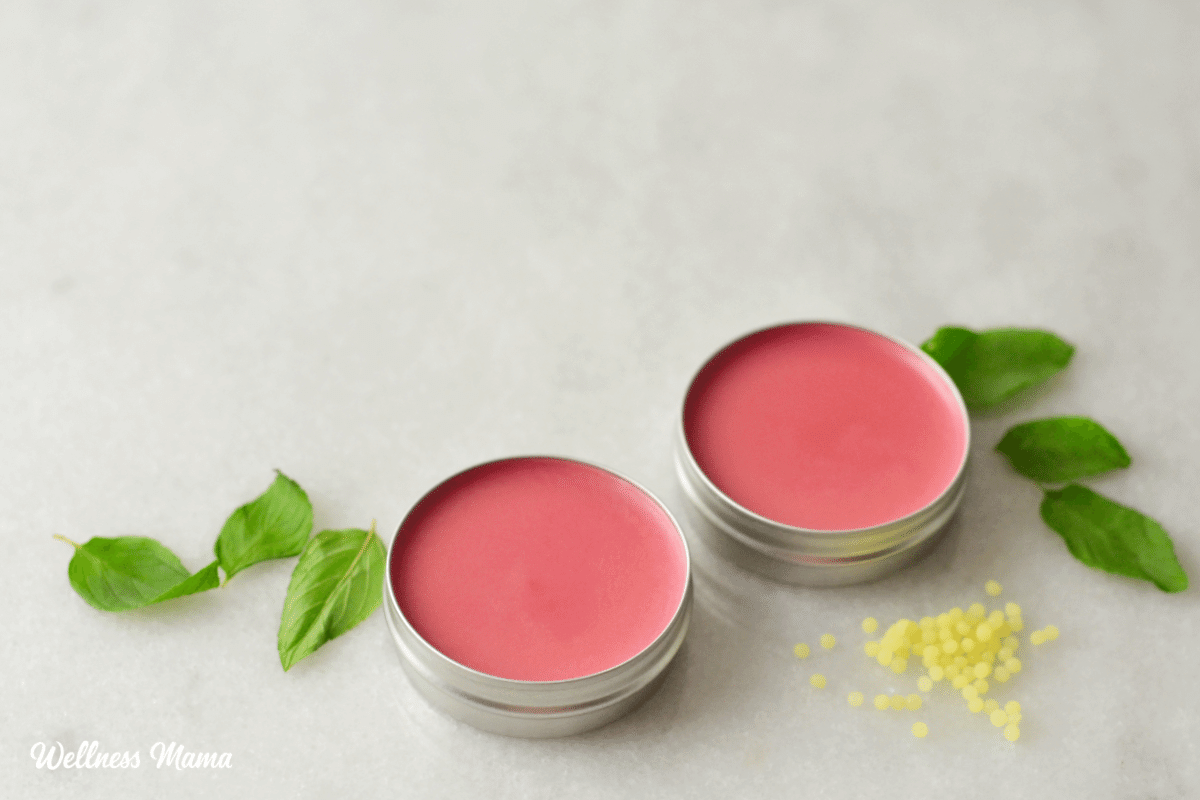
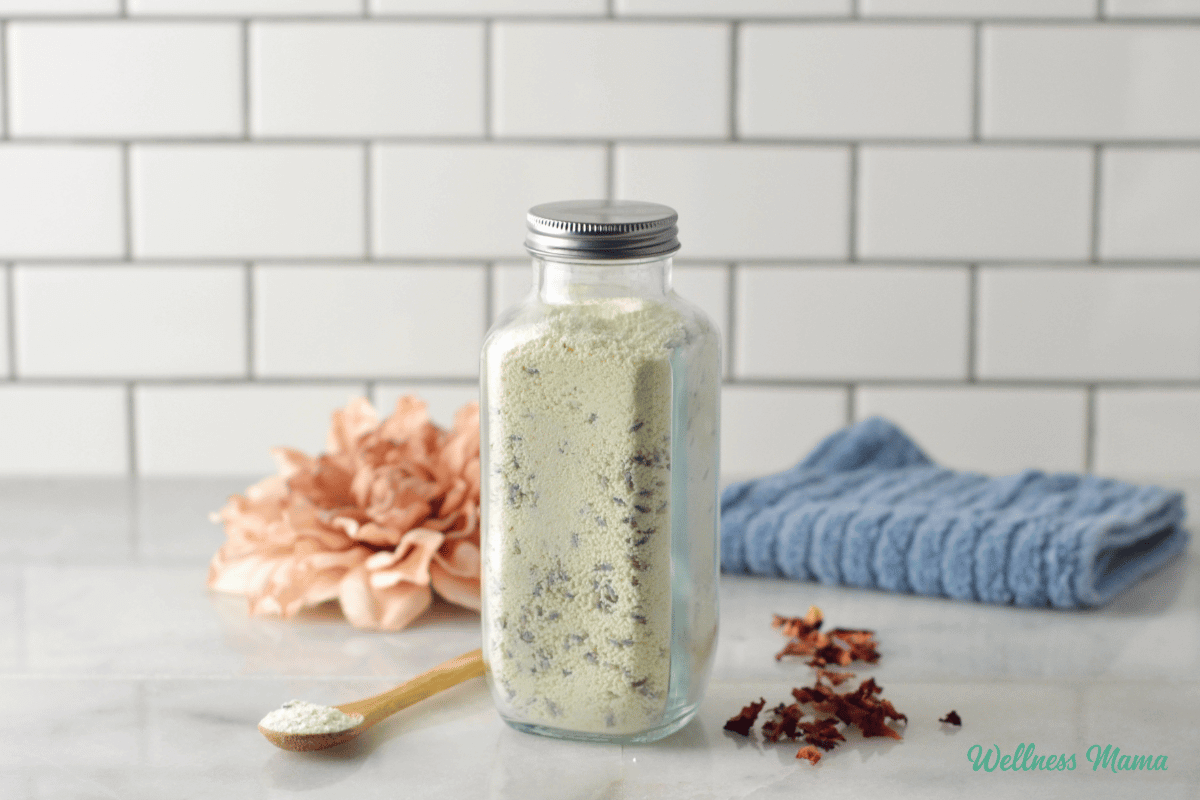

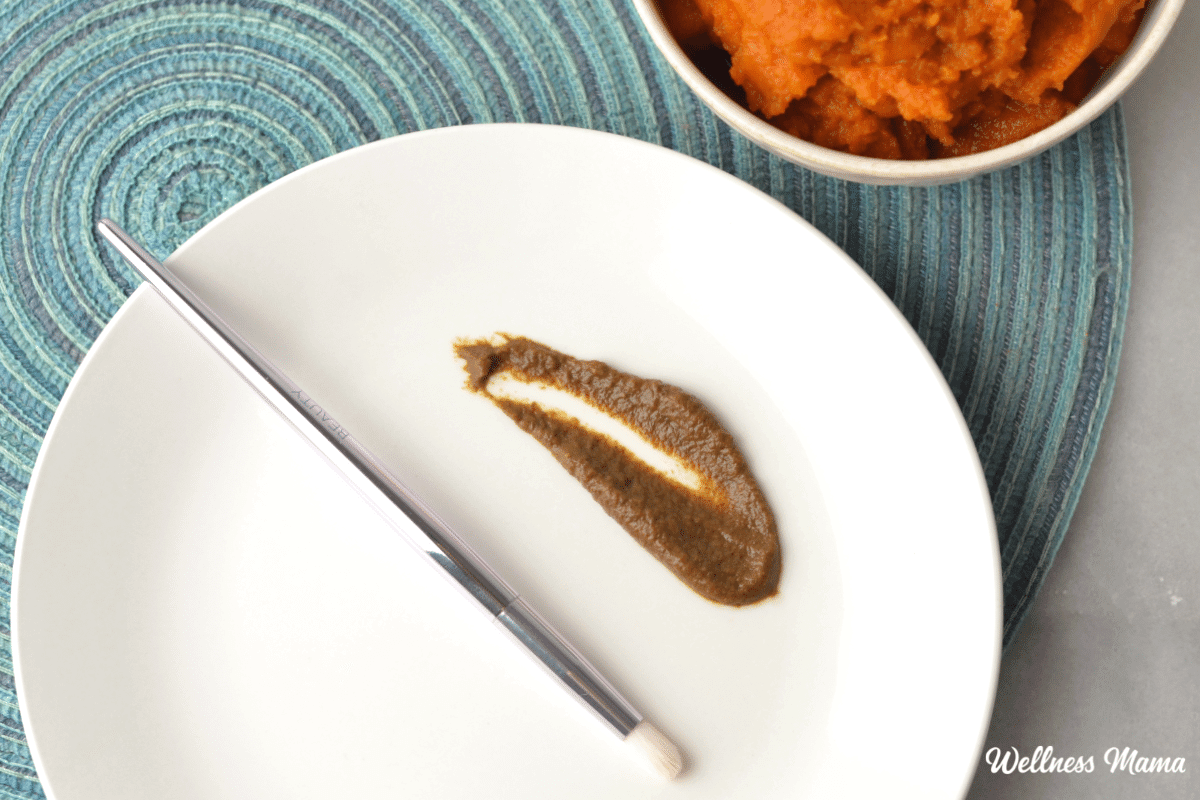


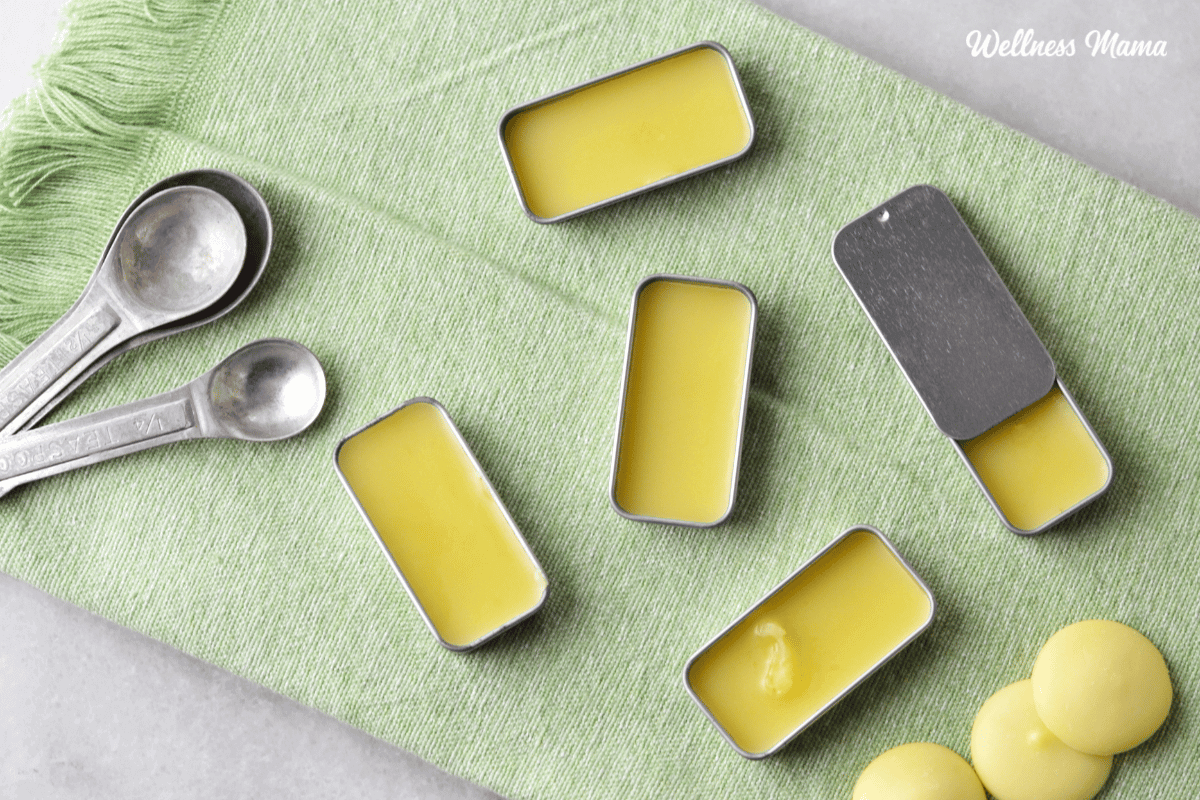

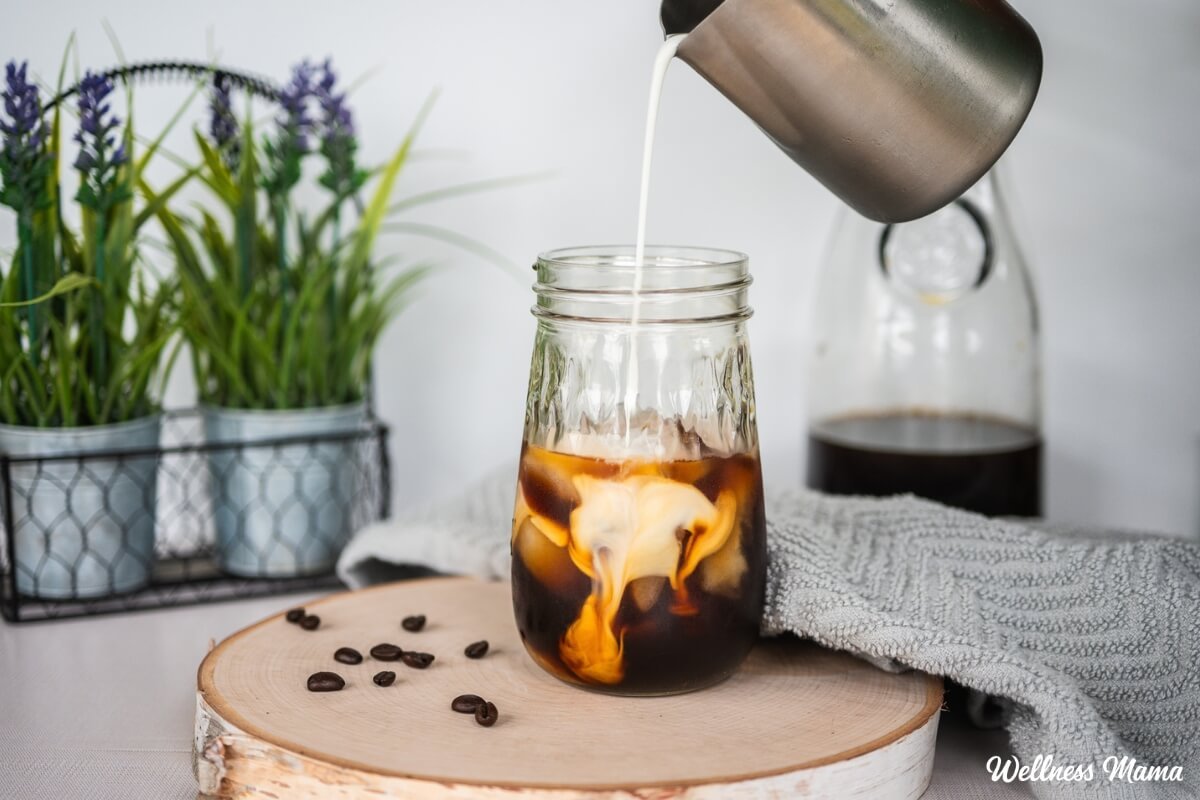
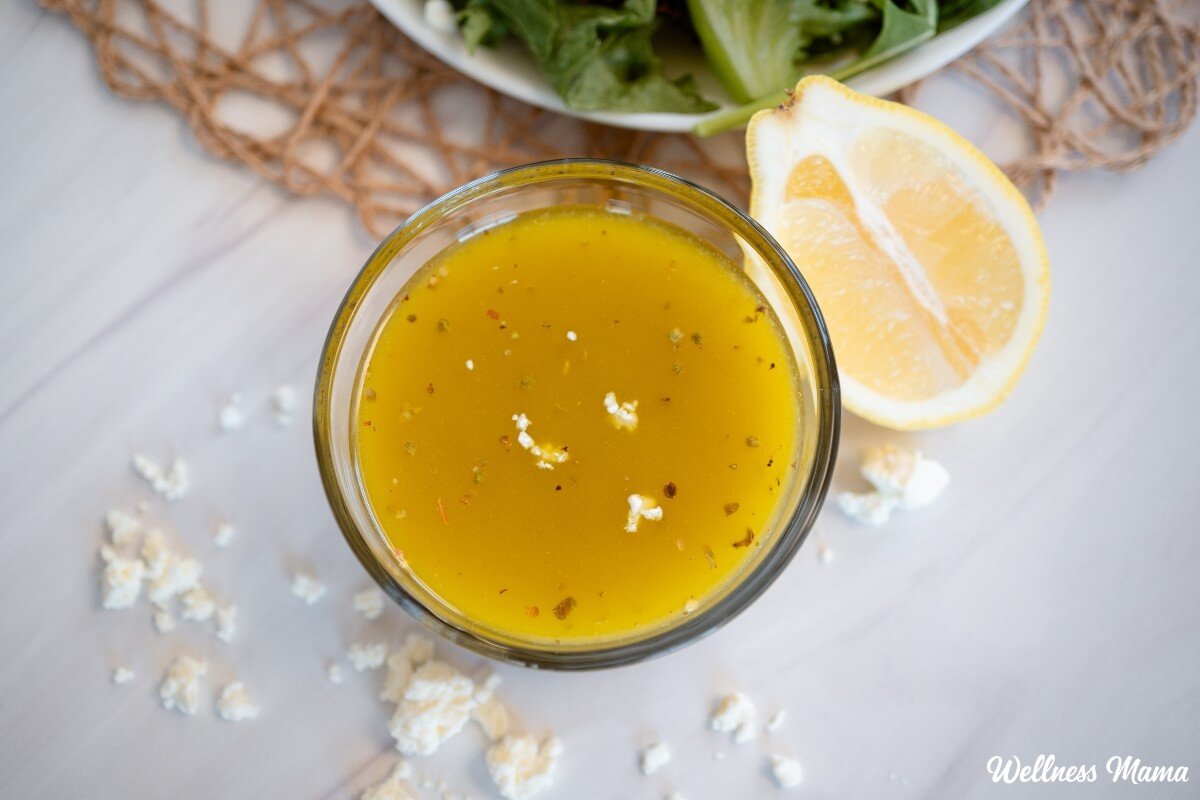
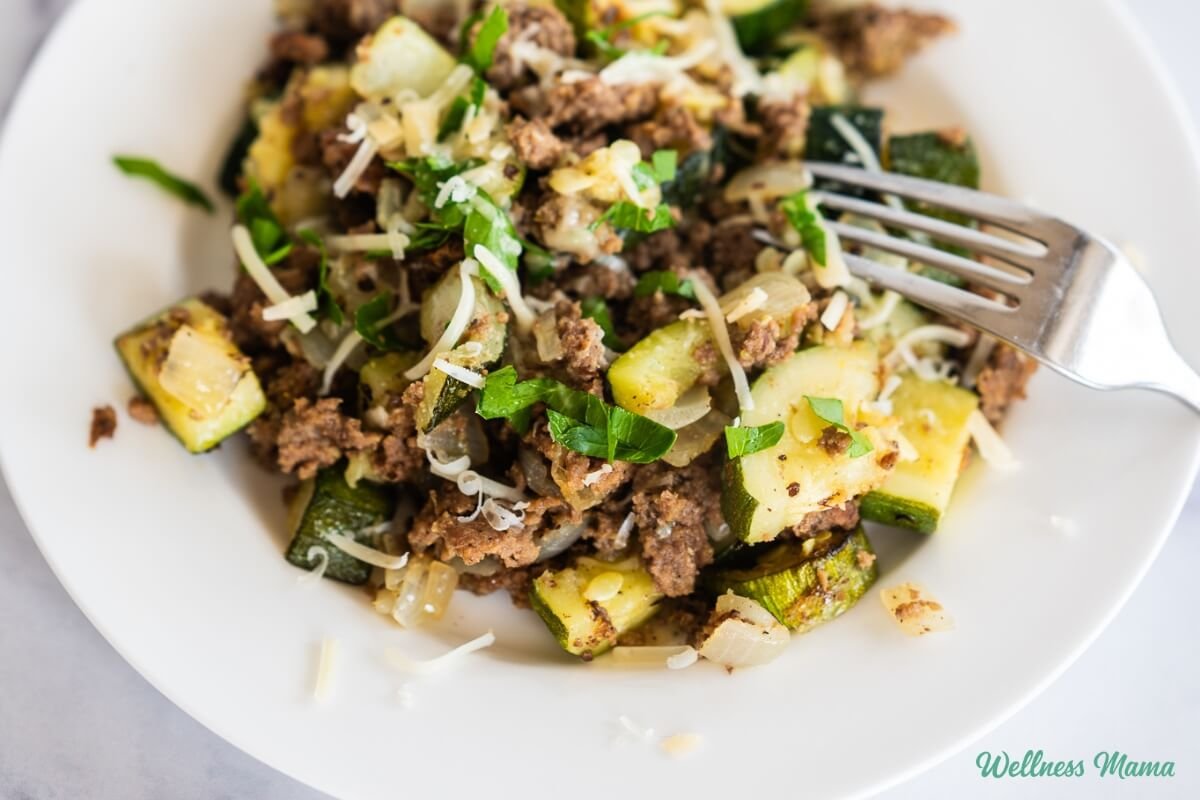
Leave a Reply